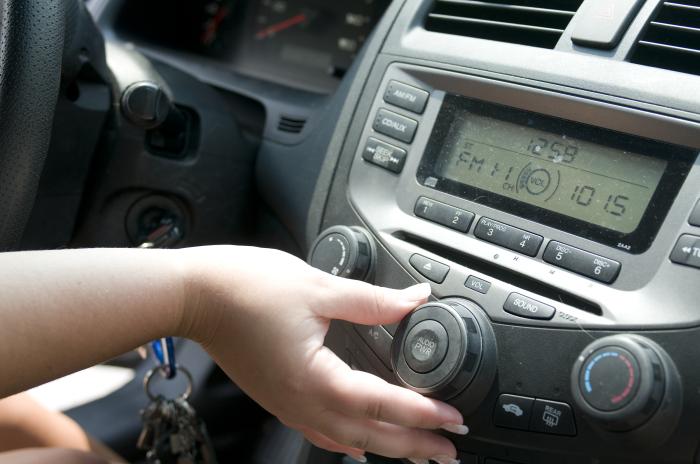Distracted driving remains a real concern for everyone dealing with car crashes and motor vehicle accidents in this country. According to the Centers for Disease Control, distracted driving is the cause of 9 deaths every day in the United States and the reason that another 1060 people suffer serious injuries daily in car crashes.
- Visual: taking your eyes off the road;
- Manual: taking your hands off the wheel; and
- Cognitive: taking your mind off what you are doing.
Drivers can be distracted in many different ways. Eating fast food while driving on a road trip counts as distracted driving. Talking on a cell phone can distract a driver and cause a crash, as well as texting.
However, other things offered in late-model cars also help distract drivers from the road: things like navigation systems and in-car WiFi devices are also contributing to distracted driving accidents. Each year more “intelligent vehicle technologies” are being developed: each new addition to a dashboard that invites the attention of a driver can also increase the danger of a crash because of the driver not paying enough attention to driving the vehicle.
NHTSA Voluntary Guidelines Announced by Transportation Secretary Ray LaHood
Today, the federal government announced new guidelines for U.S. car makers to follow in designing dashboard gizmos that drivers checking as they drive: things like phones and map navigation aides. Ray LaHood, the Secretary of the Department of Transportation made the announcement:
“Distracted driving is a deadly epidemic that has devastating consequences on our nation’s roadways,” said Secretary LaHood. “These guidelines recognize that today’s drivers appreciate technology, while providing automakers with a way to balance the innovation consumers want with the safety we all need. Combined with good laws, good enforcement and good education, these guidelines can save lives.”
- limit visual time needed to use the gizmo to 2 seconds;
- limit manual time needed to use the device to 12 seconds;
- prevent the ability to operate several things unless the vehicle’s transmission is in Park for things like:
- Manual text entry for the purposes of text messaging and internet browsing;
- Video-based entertainment and communications like video phoning or video conferencing;
- Display of certain types of text, including text messages, web pages, social media content.
“The new study strongly suggests that visual-manual tasks can degrade a driver’s focus and increase the risk of getting into a crash up to three times,” said David L. Strickland, NHTSA Administrator. “The new guidelines and our ongoing work with our state partners across the country will help us put an end to the dangerous practice of distracted driving by limiting the amount of time drivers take their eyes off the road, hands off the wheel and their attention away from the task of driving.”


